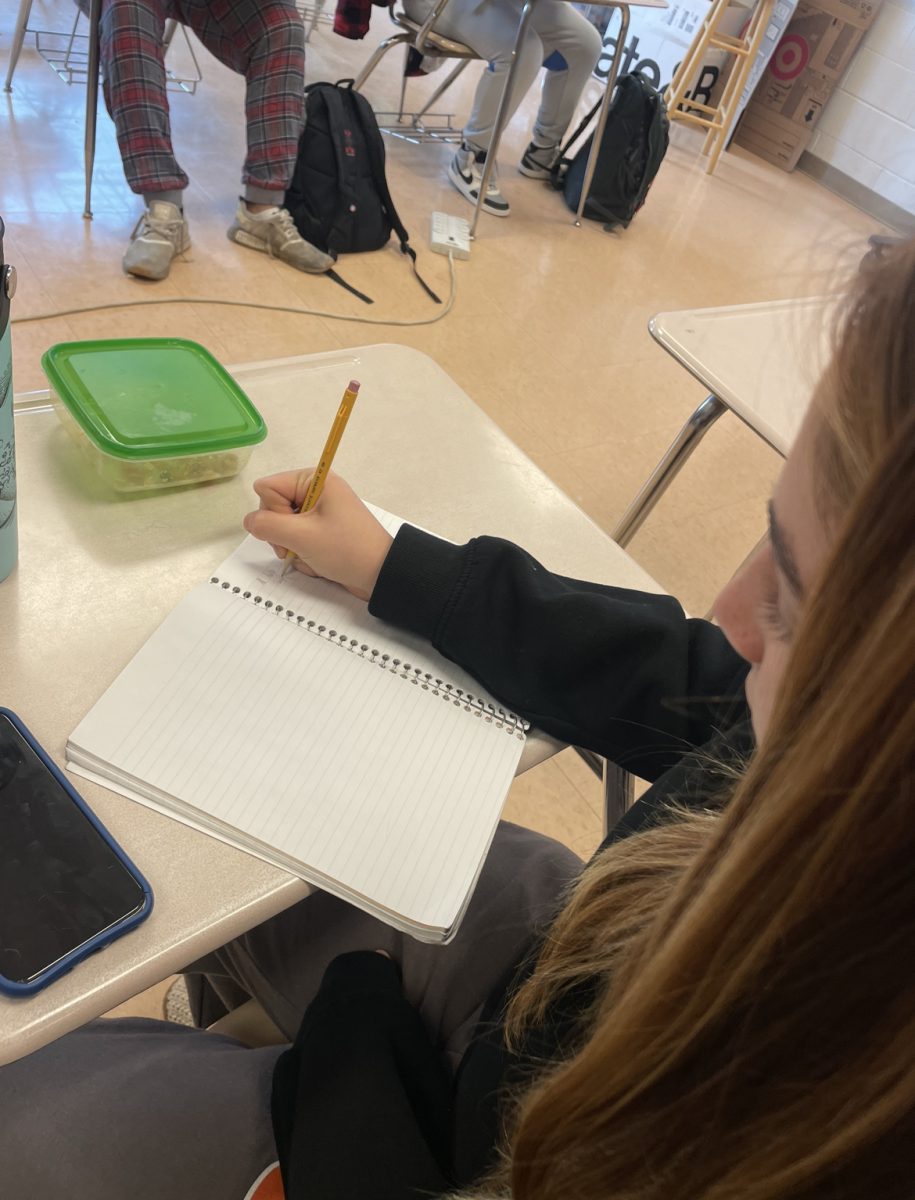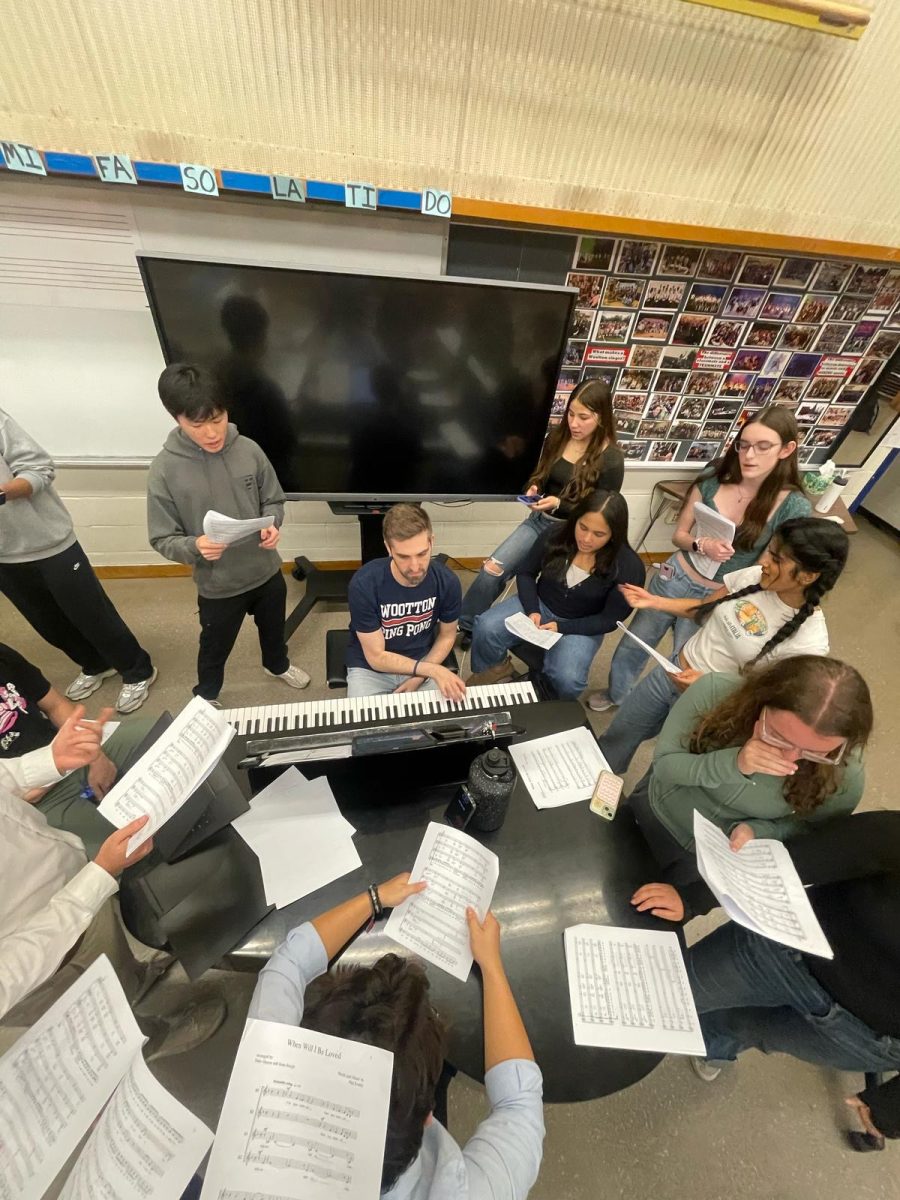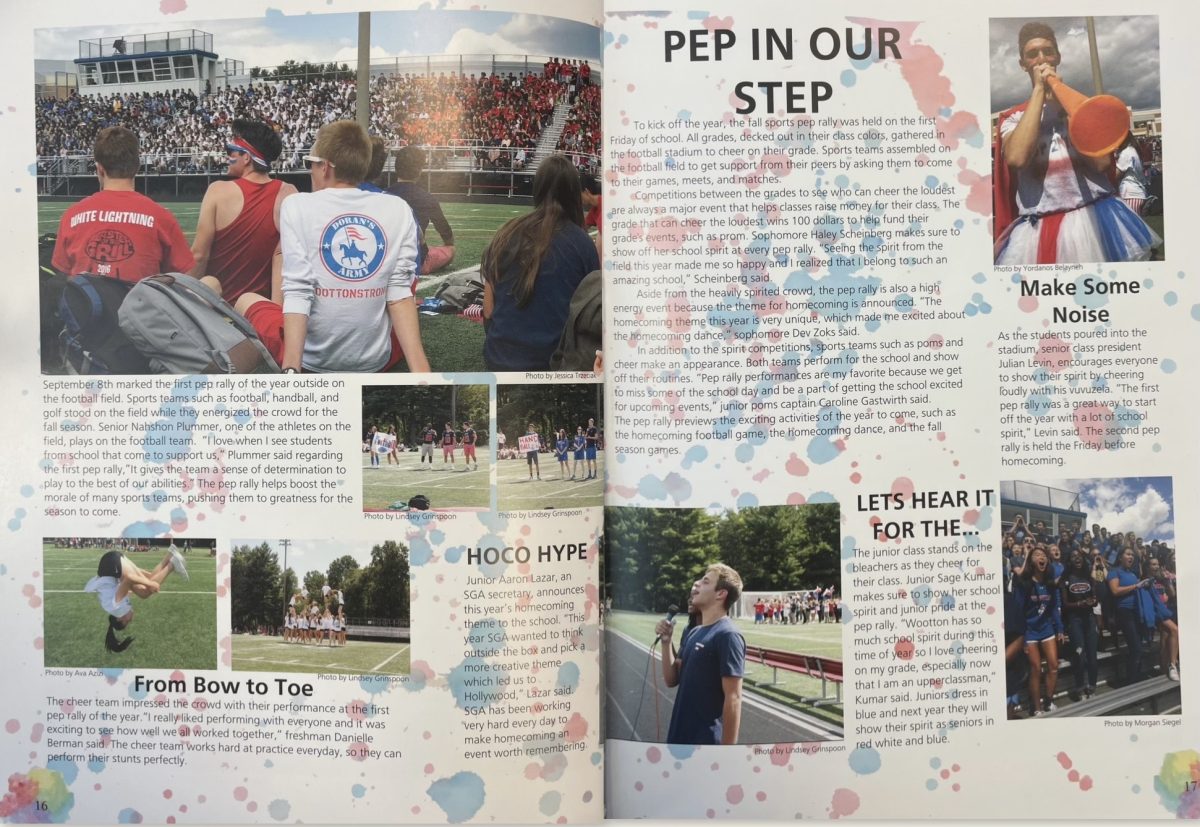Despite the fact that cursive hasn’t been taught in high schools across Montgomery County in over 10 years, schools should begin teaching it again due to its academic benefits and effect on brain functionality.
People who oppose the addition of cursive writing to the curriculum state that because of the growing technological advancements in the field of education and the use of Chromebooks and keyboards, there would be no need for cursive to be taught. While this may be true that there is a growing amount of people who are using their Chromebooks or keyboards to take notes during class, pen and paper is still a more effective learning option, specifically cursive writing. According to an article from the National Education Association, “While the longhand note-takers were slower and had to paraphrase while translating speech to paper. However, the process of transcribing enabled them to recall more of the information than the laptop note-takers.”
The ability to write in cursive has other important benefits as well, such as the ability to be able to read historical documents from when cursive was a primary writing technique. If you look at any document from the 18th, 19th, or 20th centuries such as the Declaration of Independence or The Articles of Confederation, you will see constant cursive writing and if not taught in school, you won’t be able to read or understand it.
Another one of the main arguments from people that support the idea that cursive is not needed in school is that the only use for cursive writing is just the fact that you need it for signatures and even then, you can just scribble anything down instead. This is just false because there are other incentives to learning cursive. According to Dr, William Klemm, in an interview with Psychology Today, “Cursive writing helps train the brain to integrate visual and tactile information and fine motor dexterity.”
Along with increased brain development and integrity, writing cursive also helps with signing off on legal documentation. For example, according to an article from the Resilient Educator, “Being comfortable with cursive writing will guarantee students will be confident when writing and signing legal documentation. A cursive signature is most commonly required to endorse legal documents, accompanied by a printed version of their name too.”
Another interesting thing about cursive writing is that it can also help students who have to deal with dyslexia. This is because cursive creates a word that resembles a sort of unit compared to separate strokes of letters which can get jumbled due to the disorder. This form of writing can also serve as a long lost art technique which relates to how students would be able to read older documents.
In conclusion, there are too many incentives and benefits to the art of cursive writing for it not to be featured in our school’s curriculum and I believe that every school should teach it due to Its impact on your brain’s cognitivity and the ability to read historical documents.










susannah mayorga • Dec 12, 2024 at 2:57 PM
cursive is actually needed in daily life as well. when i went to sign a document for my passport renewal, they told me i had to write in cursive rather than regular print. so many people cannot write in cursive and i know that people would struggle with this. there is a need for cursive to be taught!